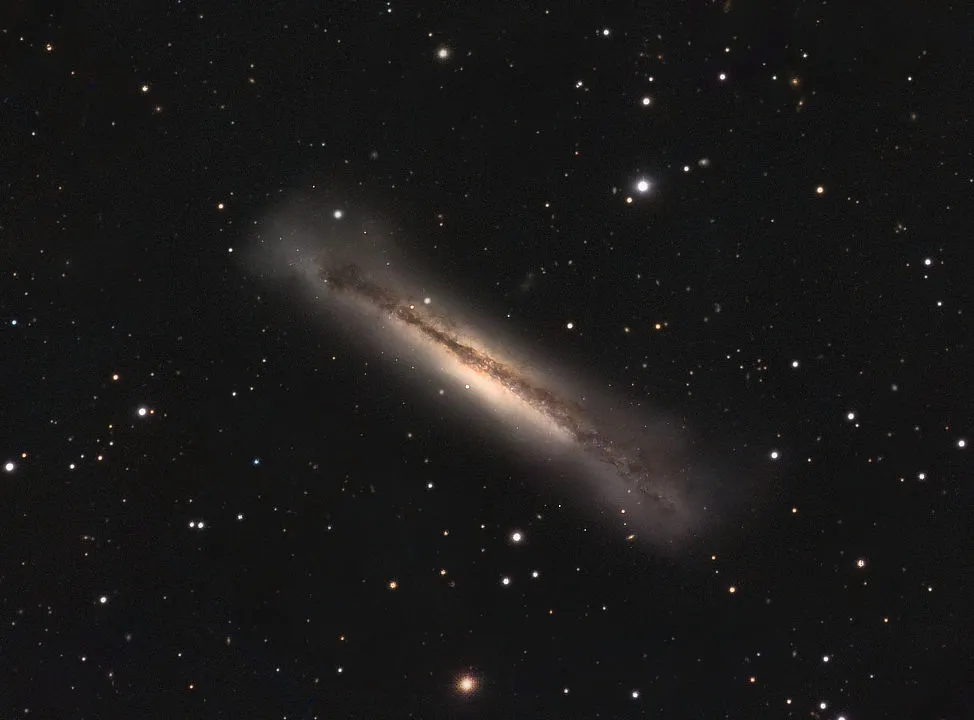There are a lot of asteroids in the Solar System, plenty of which are visible through small telescopes.
It’s therefore unsurprising that some will, from time to time, appear to pass across extended deep-sky objects like star clusters.
Over the coming weeks in early 2025, there'll be a chance to track a couple of these interesting events.
Find out what comets and asteroids are visible tonight. For weekly stargazing advice, listen to our Star Diary podcast and subscribe to our YouTube channel.
Asteroid 28 Bellona

The first is to locate asteroid 28 Bellona. At the end of February 2025, this 100km object was near the Beehive Cluster, M44, in Cancer, the Crab.
If you found it during February 2025, shining at mag. +10.1 against the background stars of southern Cancer, you may have been able to keep track of it as continued towards M44 during March.

It crossed the cluster from the end of March into April, when it became dimmer at around mag. +11.5.
The Beehive is easy to find mid-way between Regulus (Alpha (α) Leonis) and Castor (Alpha (α) Geminorum).
If you’ve never observed an asteroid passing through a star field before, this is a great place to start.
Asteroid 8 Flora

In March 2025, 8 Flora reached opposition, shining at mag. +9.6 against the stars of southeast Leo.
Keeping track of Flora through March and into early April, you’ll be able to watch as it passes through the Leo Triplet, a famous patch of sky containing the three relatively bright galaxies, M65, M66 and NGC 3628.
At mag. +10.1, 8 Flora passes in front of NGC 3628, the Hamburger Galaxy, between 9 and 12 April.

The Leo Triplet consists of three spiral galaxies, each with its own distinct shape: mag. +10.5 M65, mag. +10.0 M66 and mag. +9.5 NGC 3628.
It’s the lowest-surface-brightness galaxy, NGC 3628, that has the honour of 8 Flora passing in front of it between 9 and 12 April, the asteroid appearing as a mag. +10.1 star-like dot.
NGC 3628 is informally known as the Hamburger Galaxy due to its physical make-up and sideways-on orientation to Earth.
A dark and relatively thick dust lane crosses the galaxy, appearing as the burger sandwiched between brighter portions of the galaxy either side of it.
Along with having less surface brightness than the other two members of the triplet, NGC 3628 also appears more rectangular.

The crossing will best suit small or large telescopes and is an ideal event to try to record photographically.
Smart telescopes should pick up hamburger-shaped NGC 3628 quite well and mag. +10.1 Flora is well within their imaging capabilities.
If you prefer more traditional methods, Flora’s location within the Leo Triplet should make visual identification easy.
Take your time and make a detailed sketch of the galaxy before the crossing starts, using the sketch as a reference for marking the position of Flora on the days it makes its pass.
Photographing the asteroids
Both events will make for great photo opportunities, especially if you start gathering images of each object early and compile them into an aligned composite designed to show how their individual dots track against the background stars and galaxies.
If you’re an imager, you’ll need to plan your field of view to cover the whole path of the asteroids.
Weather will affect your observations, creating gaps in the capture sequence, but that’s a reality of astronomy!
The Moon will have an influence too, brightening the sky as it passes along the section of the ecliptic closest to the asteroids.
So, what originally seemed to be a fairly simple exercise turns out to be a challenging project to keep all of the images similar enough in appearance to be combinable for the final composite.
Ultimately, a great training challenge to improve your observational and imaging skills.
Let us know how you get on and share any images you captured by emailing contactus@skyatnightmagazine.com
